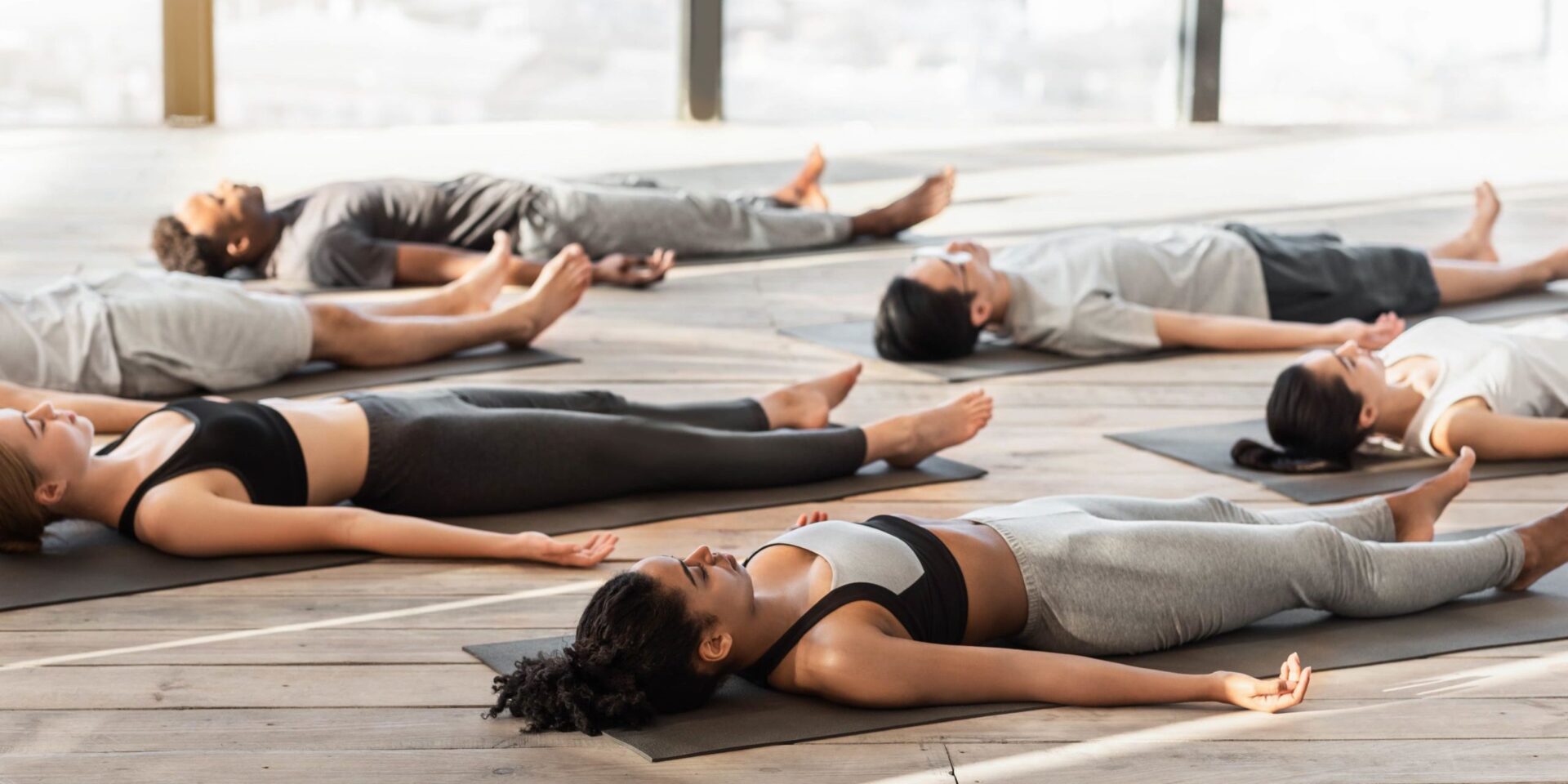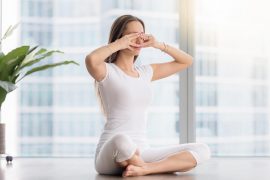Serenity in Shavasana: Yoga for Better Sleep and Insomnia Relief
In today’s fast-paced world, achieving quality sleep can be elusive for many. If you find yourself tossing and turning, battling insomnia, or simply yearning for a more restful night, consider incorporating yoga into your bedtime routine. This ancient practice not only helps calm the mind but also relaxes the body, creating the perfect environment for a night of deep and rejuvenating sleep.
Yoga Poses for Sleep:
Specific yoga poses known for their calming effects on the nervous system.Incorporating yoga into routine can be a beneficial and natural way to improve sleep quality. Here’s a guide on specific yoga practices to help alleviate insomnia:
Legs-Up-The-Wall Pose (Viparita Karani):
Technique: Sit with one side against the wall, then lie on your back, extending your legs up the wall.
How: Relax your arms by your sides, close your eyes, and breathe deeply.
Benefits: Relieves stress, soothes the nervous system, and encourages blood circulation.
Child’s Pose (Balasana):
Technique: Kneel on the mat, sit back on your heels, and then reach forward with your arms, lowering your chest toward the floor.
How: Rest your forehead on the mat and breathe deeply.
Benefits: Stretches the lower back, hips, and thighs, promoting relaxation.
Corpse Pose (Savasana):
Technique: Lie on your back, legs extended, and arms by your sides with palms facing up.
How: Close your eyes, focus on your breath, and allow your body to completely relax.
Benefits: Calms the mind, reduces tension, and prepares the body for sleep.
Seated Forward Bend (Paschimottanasana):
Technique: Sit with legs extended, hinge at your hips, and reach for your toes. How: Keep your spine long and breathe deeply.
Benefits: Calms the nervous system, stretches the spine, and reduces stress.
Alternate Nostril Breathing (Nadi Shodhana):
Technique: Sit comfortably, use your thumb and ring finger to alternately close one nostril while breathing through the other.
How: Inhale through one nostril, exhale through the other, then switch.
Benefits: Balances the nervous system, reduces stress, and promotes mental clarity
Guided Meditation or Yoga Nidra:
Technique: Listen to a guided meditation or practice Yoga Nidra (yogic sleep).
How: Lie down, close your eyes, and follow the instructions to relax each part of your body.
Benefits: Induces a state of deep relaxation, reduces anxiety, and improves sleep.
Tips for Better Sleep:
Practice these yoga techniques and breath work regularly, ideally before bedtime.
Create a Relaxing Environment like Dim the lights, reduce noise. Avoid screens at least an hour before bed to reduce exposure to blue light.
Remember, it may take time to experience the full benefits of these practices. Be patient and consistent in integrating yoga into your bedtime routine. If sleep issues persist, it’s advisable to consult with a healthcare professional.






